Solar photovoltaic (PV) systems rely heavily on their layout design to achieve optimal energy generation. Among the various performance-impacting factors, shading stands out as one of the most critical, as even partial shading of a few cells can drastically reduce the power output of the entire array. Hence, designing a solar array layout that minimizes shading losses while maximizing incident solar radiation is crucial for the long-term efficiency and viability of solar energy projects.
The layout of a solar array directly influences:
- Solar irradiance reception
- Shading losses due to nearby obstacles or self-shading
- Airflow and cooling between panels
- Ease of maintenance and accessibility
- Electrical design, including wiring losses and inverter sizing
A poorly designed layout may lead to frequent shading, temperature hotspots, mismatch losses, and underutilization of available space. In contrast, a well-engineered layout ensures maximum solar gain throughout the year and reduces long-term performance degradation.
Shading on PV modules can be caused by:
- Nearby buildings, poles, or trees (external shading)
- Adjacent solar panels in rows or columns (self-shading)
- Mounting structures or system cabling
Shading impacts are especially severe in series-connected modules, as the output of the entire string can be limited by the lowest-performing cell. Even a 10% shaded area can reduce module output by 20-30%. Moreover, shading leads to hotspots, which may cause thermal damage or trigger bypass diodes, impacting system longevity.
Techniques for Minimising Shading in Solar Array Layout
Optimal Tilt Angle and Azimuth Orientation
- The tilt angle should match the site’s latitude for fixed-tilt systems, but may be adjusted slightly to account for seasonal irradiance.
- Azimuth (orientation) should be toward the equator: south in the northern hemisphere and north in the southern hemisphere.
- Deviation from ideal orientation must be minimized unless tracking is employed.
Row Spacing and Shadow Analysis
- Adequate row spacing is essential to prevent one row from shading the next during low sun angles (e.g., early morning or late afternoon).
- A common design principle is to ensure inter-row spacing such that shadow from one row does not fall on the next at winter solstice. This is known as no-shadow condition.
Use of Simulation Tools
- Software like PVsyst, Helioscope, or SketchUp with solar plugins helps visualize shading patterns over time.
- These tools use 3D modelling, sun path analysis, and local weather data to predict shading losses and optimize panel placement.
Module Configuration and Electrical Design
- Using module-level power electronics like microinverters or DC optimizers can mitigate mismatch losses due to shading.
- Shorter string lengths reduce the shading impact in series connections.
- Bypass diodes should be used effectively to limit shading impact on partially covered modules.
Ground-Mounted vs Rooftop Layout Considerations
Ground-Mounted Systems
- Ideal for utility-scale and large commercial projects with greater layout flexibility.
- Design must consider terrain slope, seasonal sun paths, and wind loading.
- Use of single-axis or dual-axis trackers can significantly reduce shading and increase output.
Rooftop Systems
- More constrained by roof dimensions, obstructions like vents, AC units, and parapets.
- Shading analysis using drone surveys or 3D scans is vital.
- East-west orientation with zero-tilt can reduce inter-row shading on flat roofs and allow higher panel density.
Strategies for Maximizing Output
- Select high-efficiency modules to extract more power from limited area.
- Implement cleaning schedules to avoid soiling-related shading.
- Use bifacial modules and albedo-optimised ground surface to enhance rear-side gains in suitable installations.
- Split orientation design: Install some modules east-facing and some west-facing to balance generation across the day and reduce peak demand on inverters.
- Real-time monitoring systems to identify underperforming zones due to unforeseen shading or debris accumulation.
In a nutshell, solar array layout design is a critical phase in the lifecycle of a PV system. Minimizing shading and maximizing energy capture requires a blend of geometric planning, electrical optimization, and environmental analysis. With the use of modern simulation tools, smart electronics, and site-specific strategies, solar developers can ensure that their projects deliver maximum energy yield and financial returns over decades. Emphasizing layout design from the start leads to lower operational losses, enhanced module longevity, and a more sustainable energy solution.
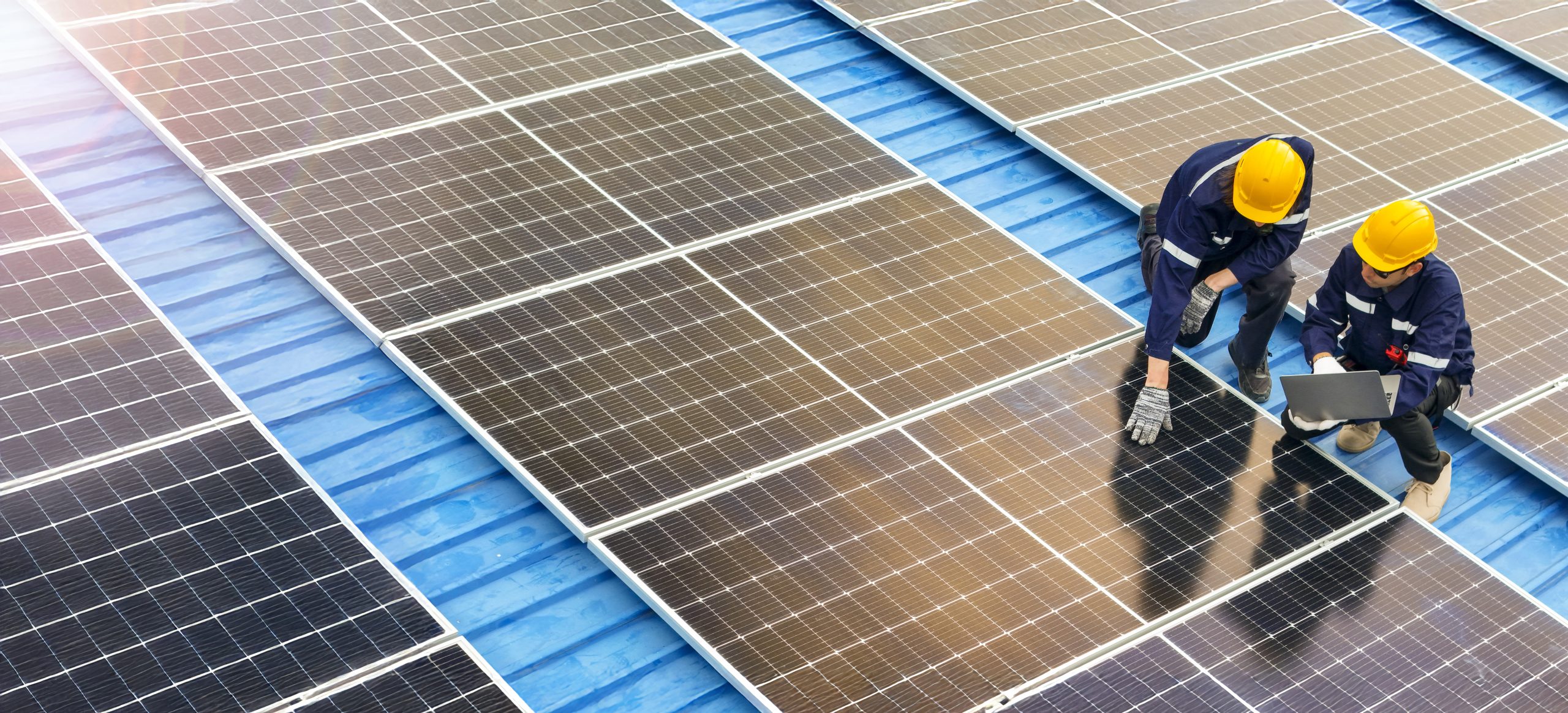
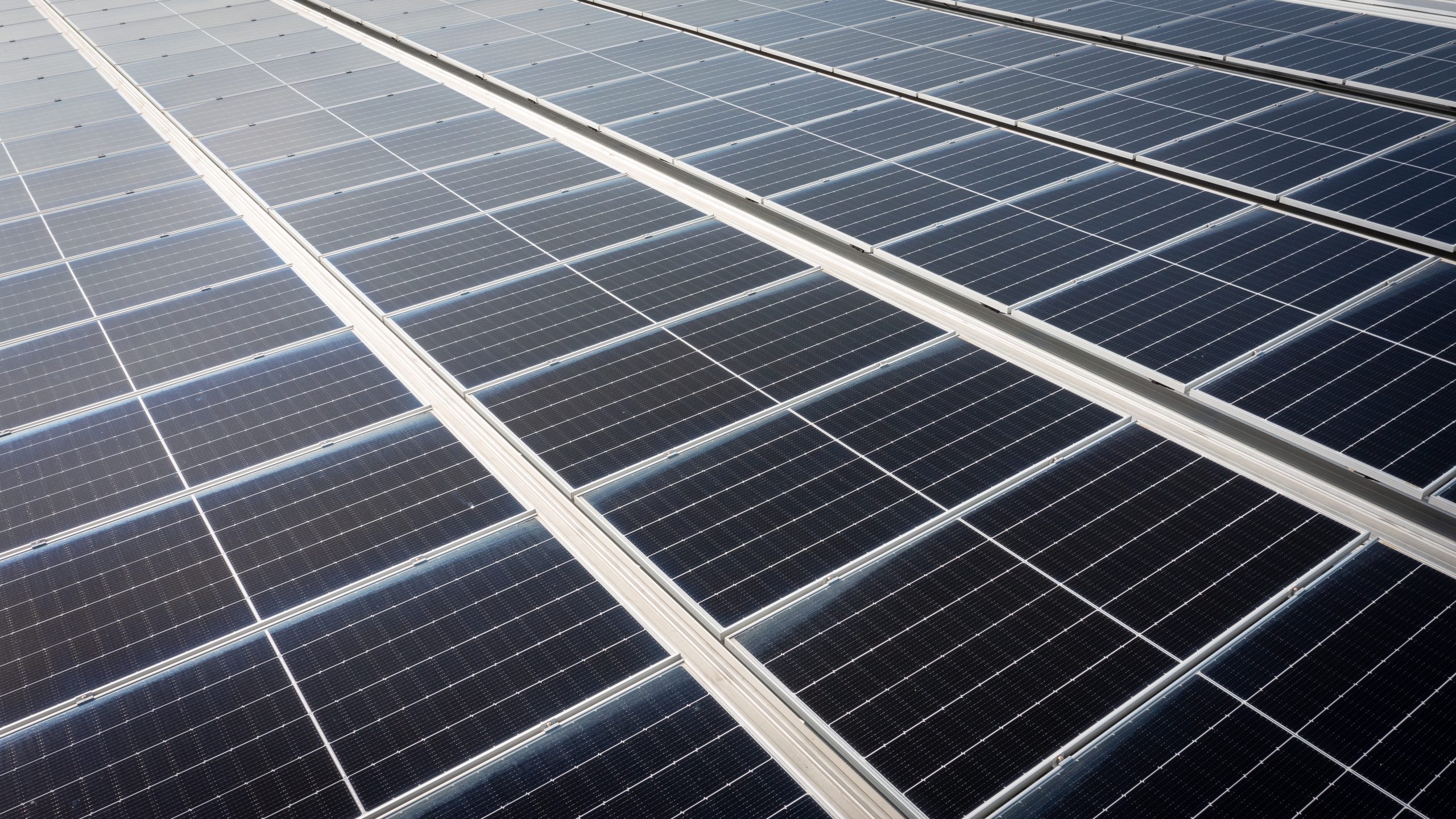
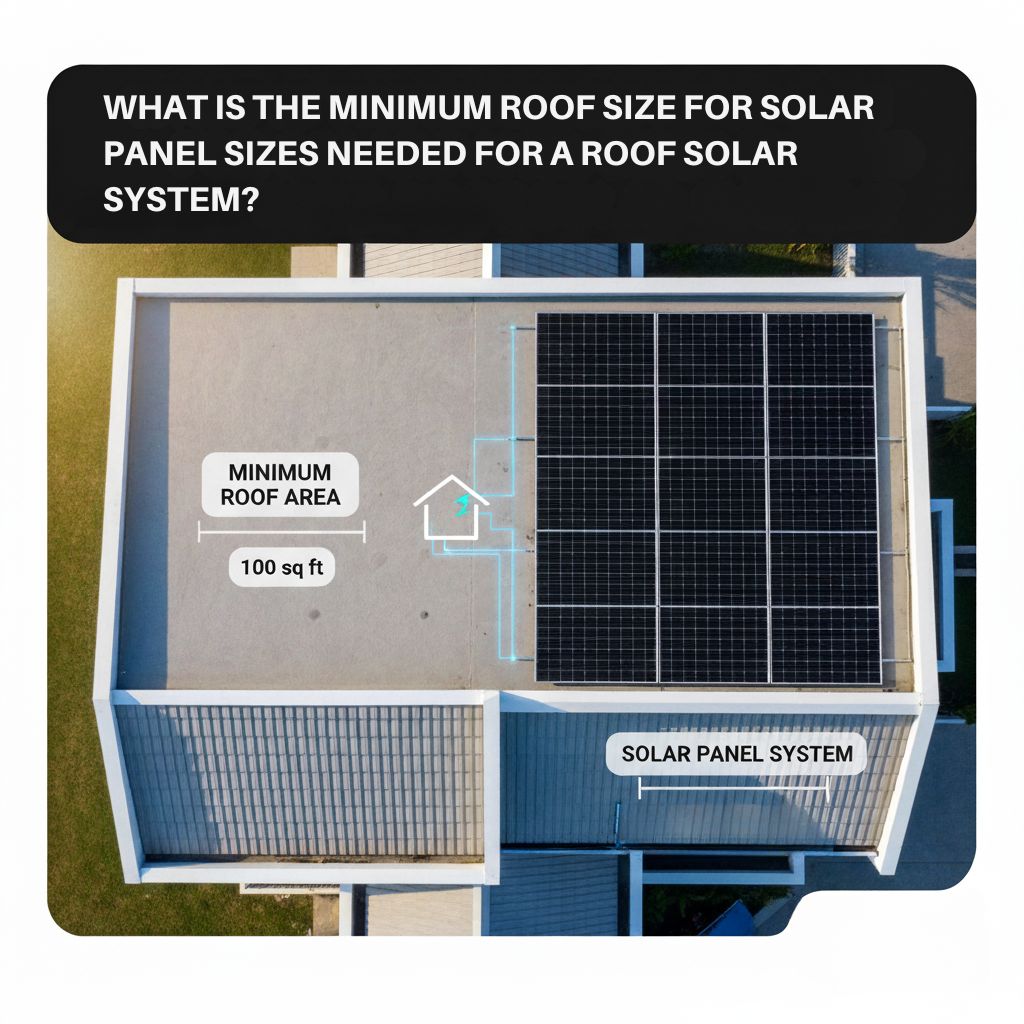




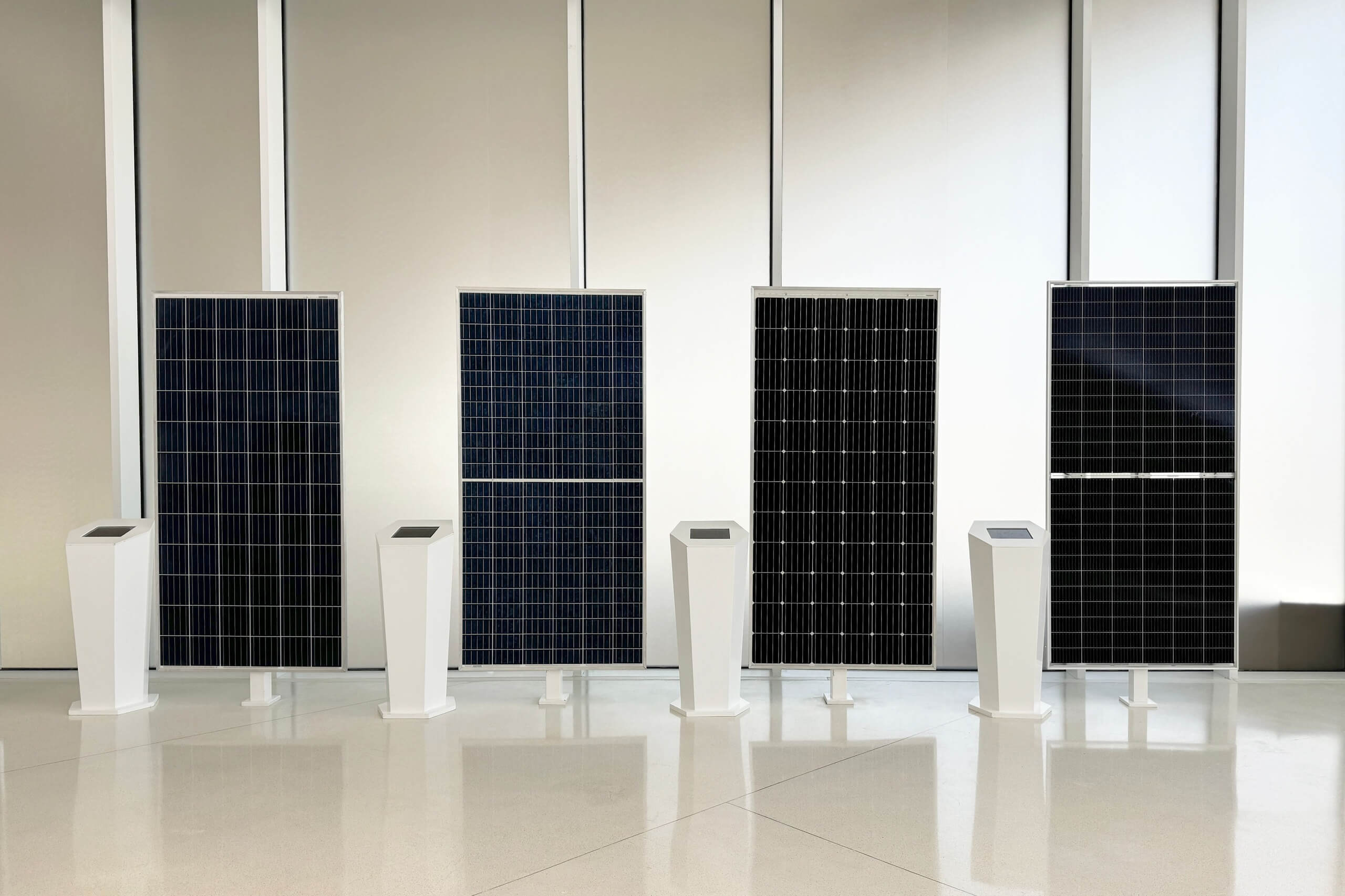
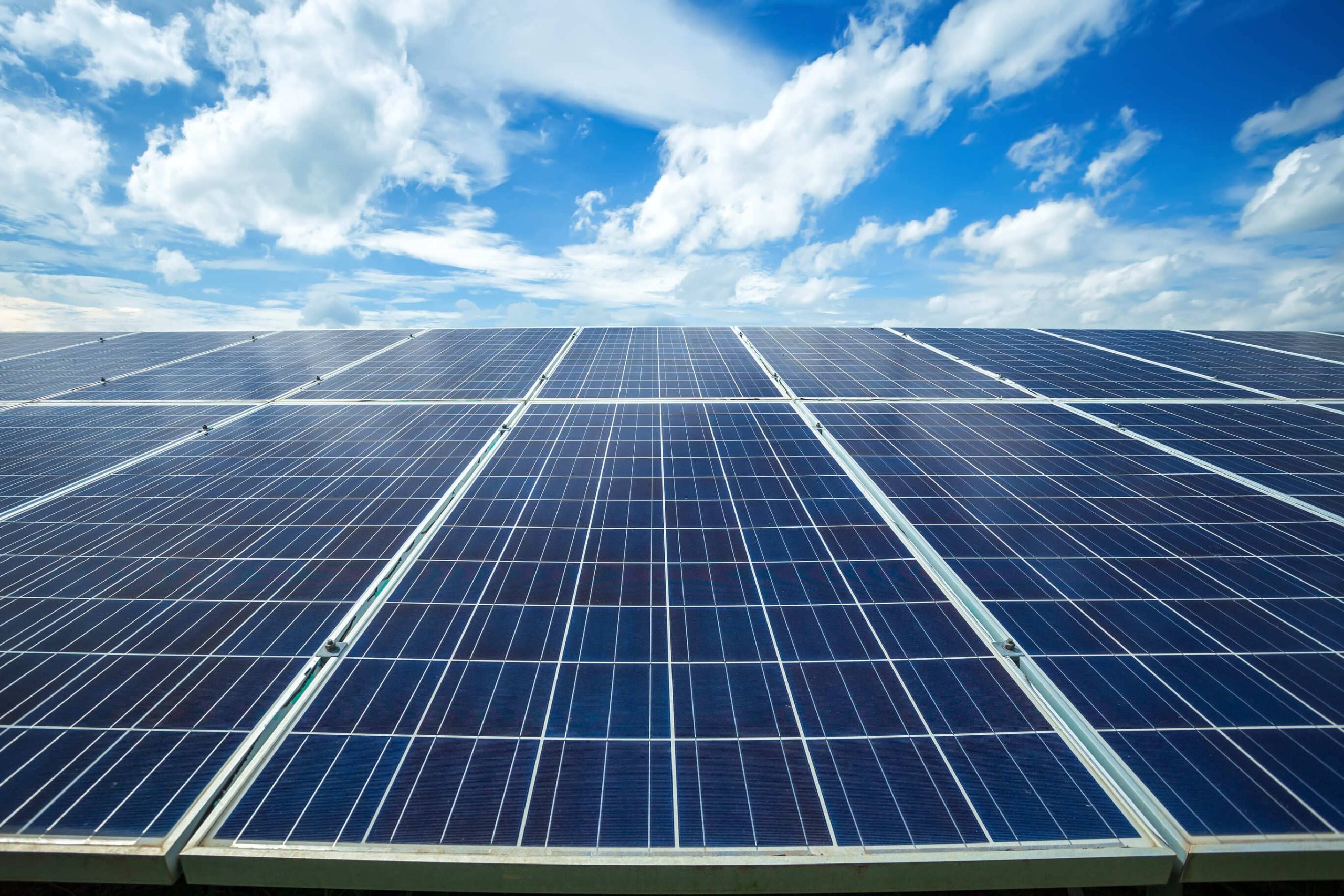

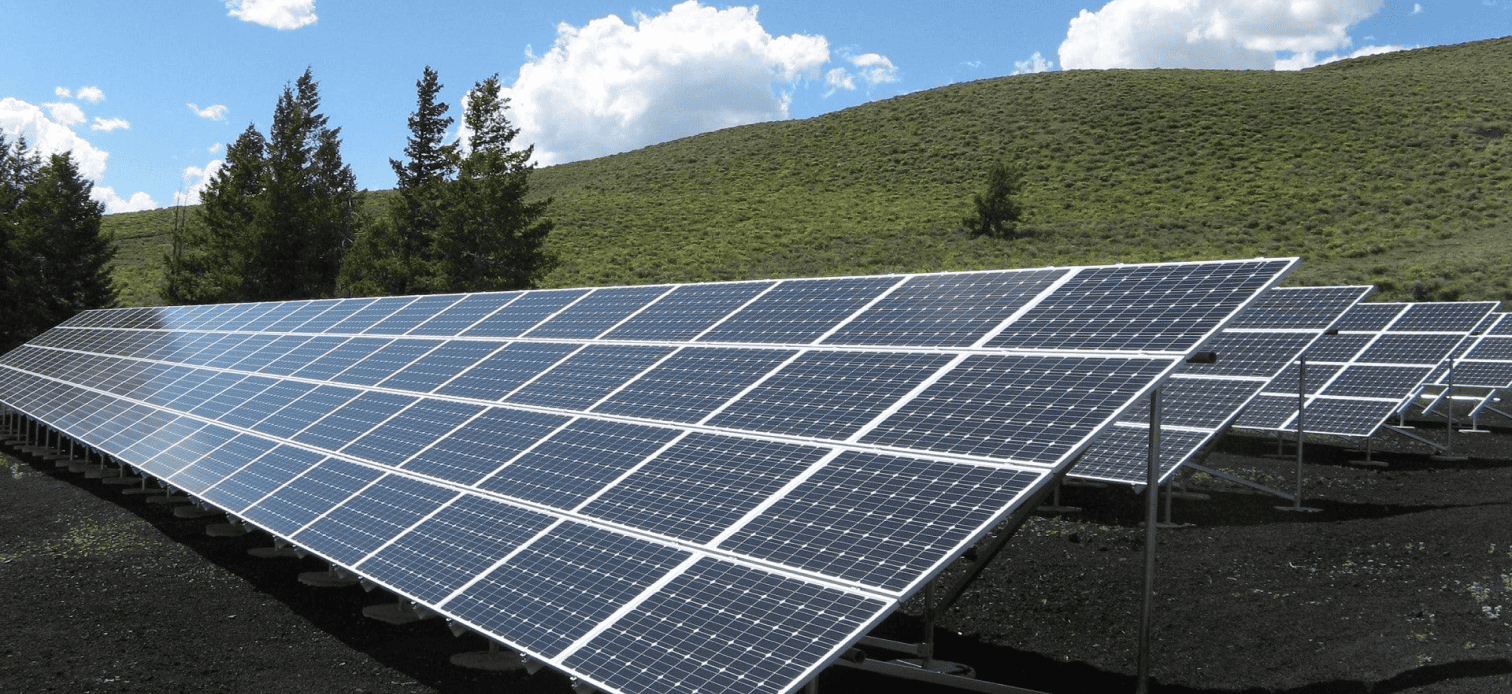




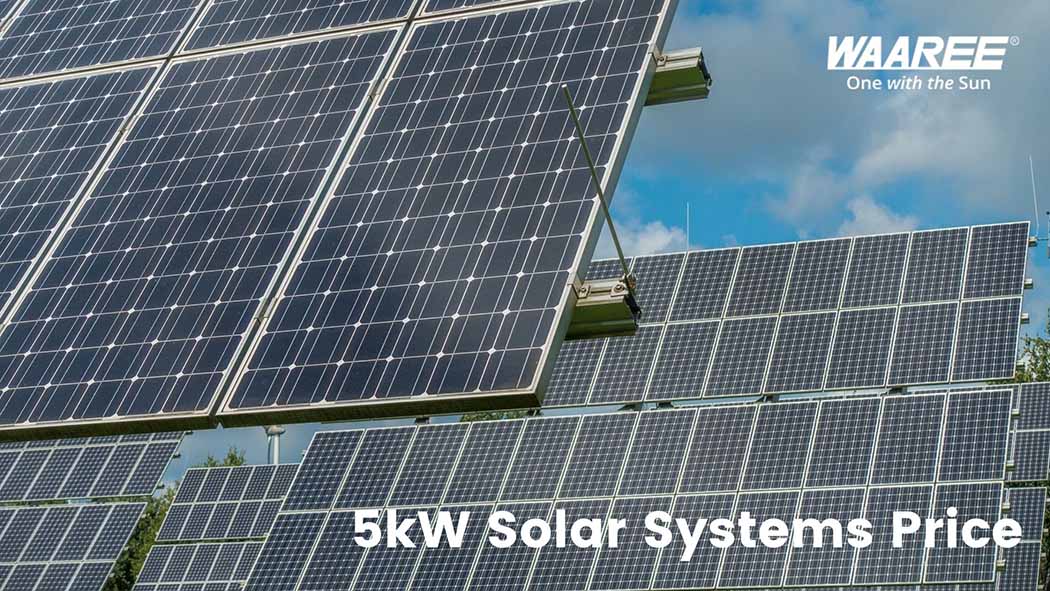

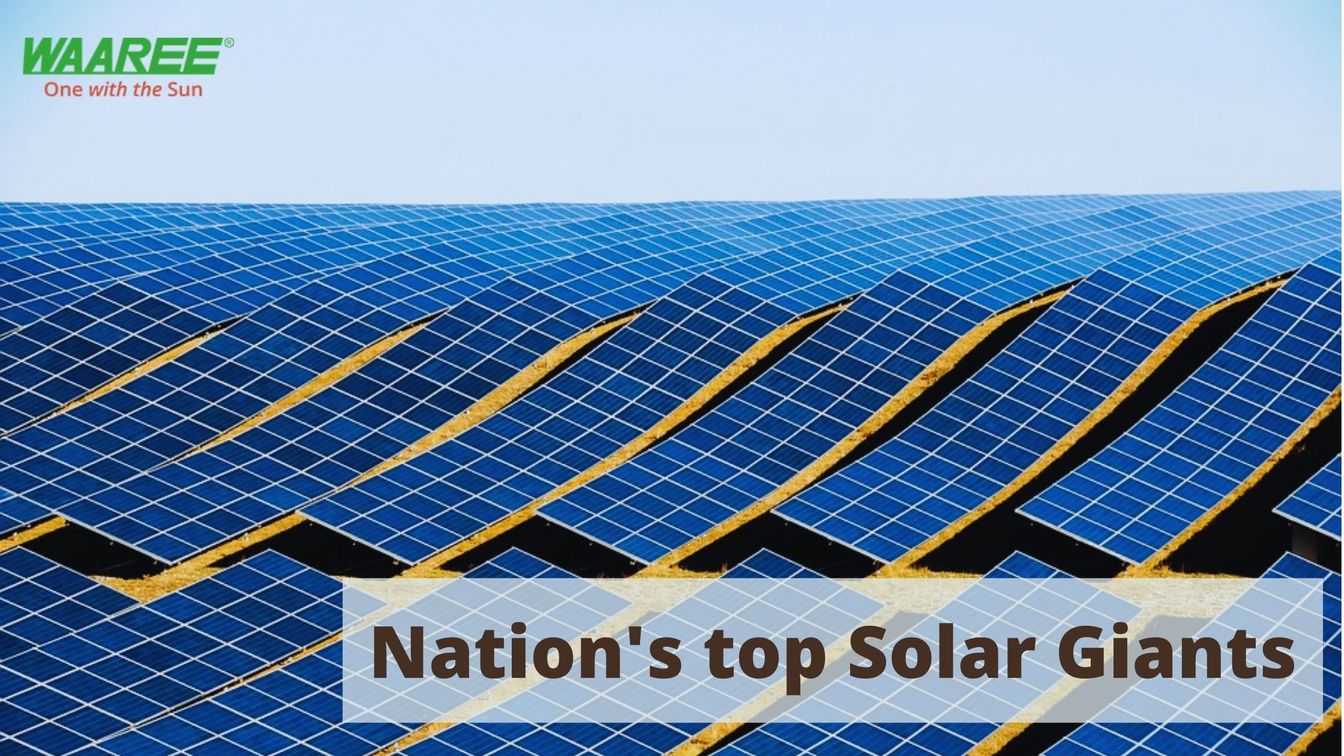


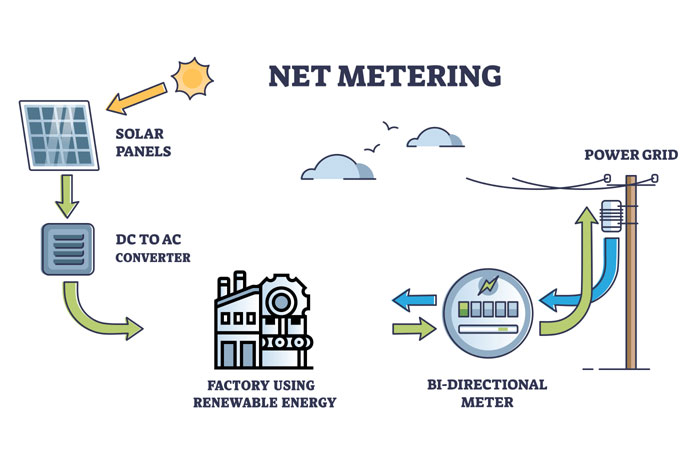
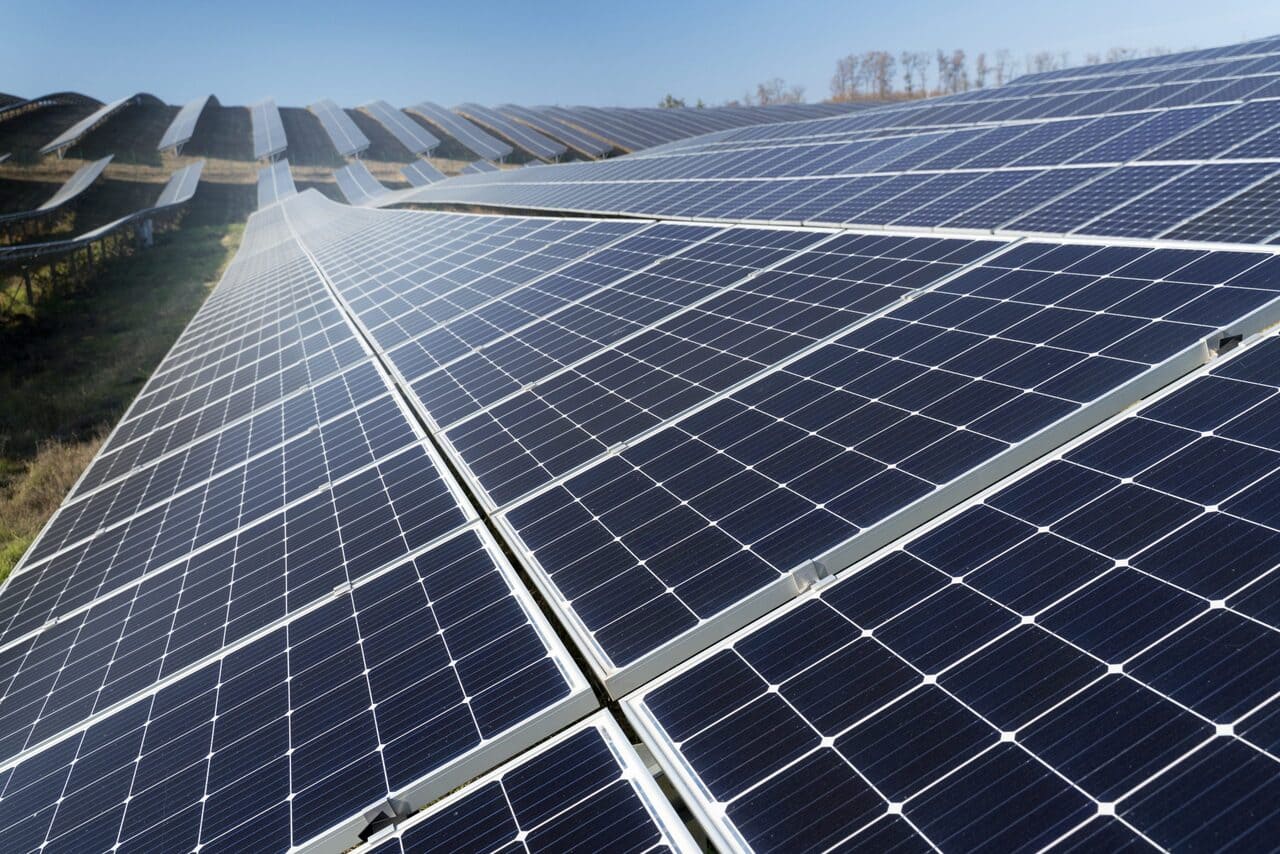
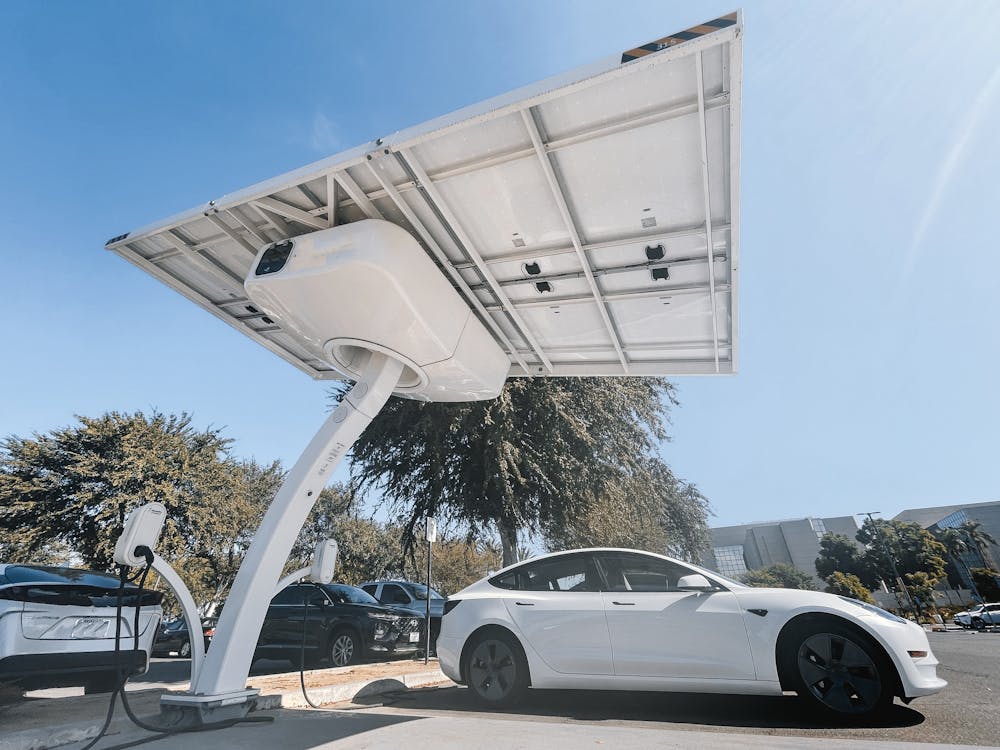
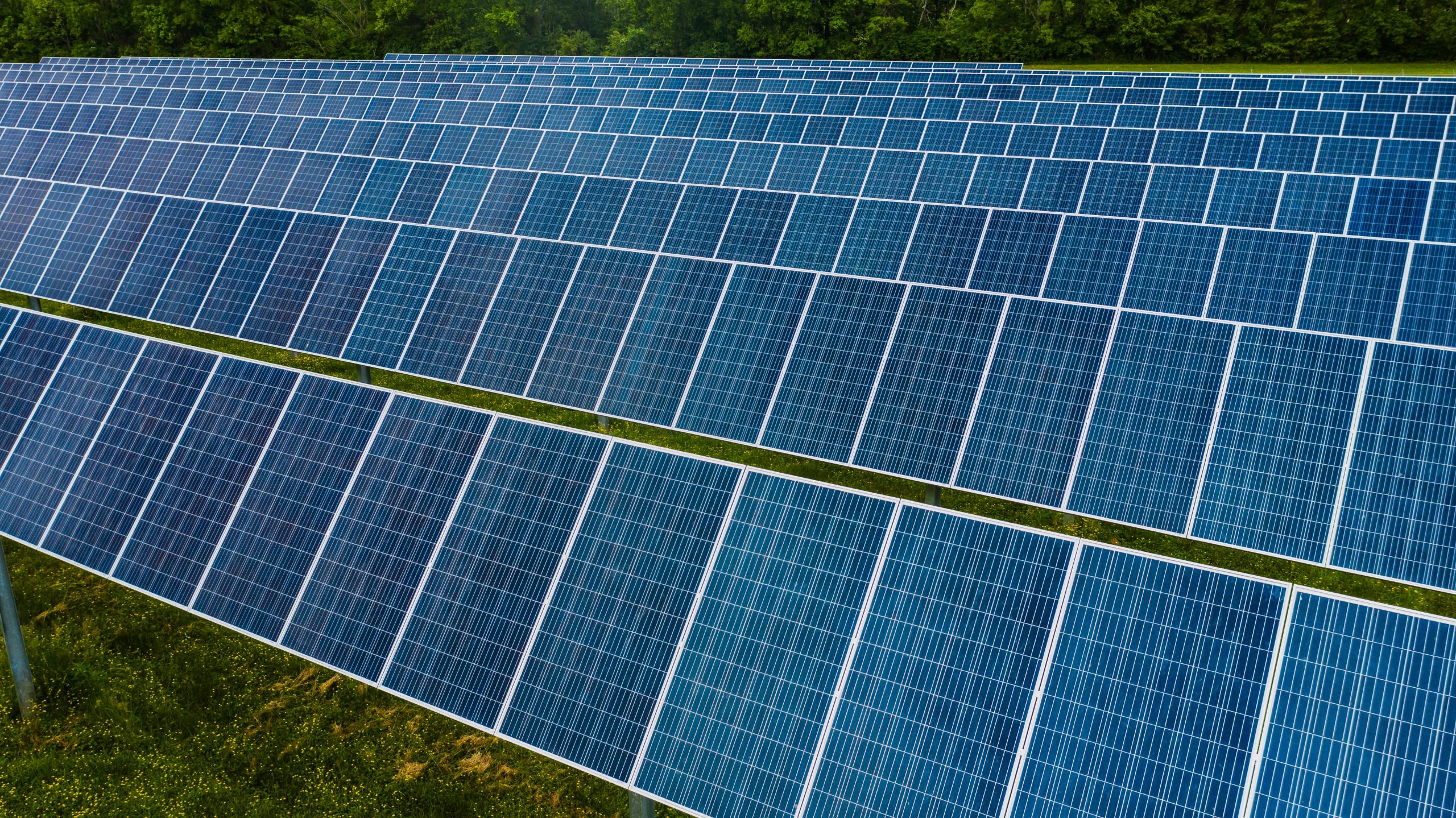
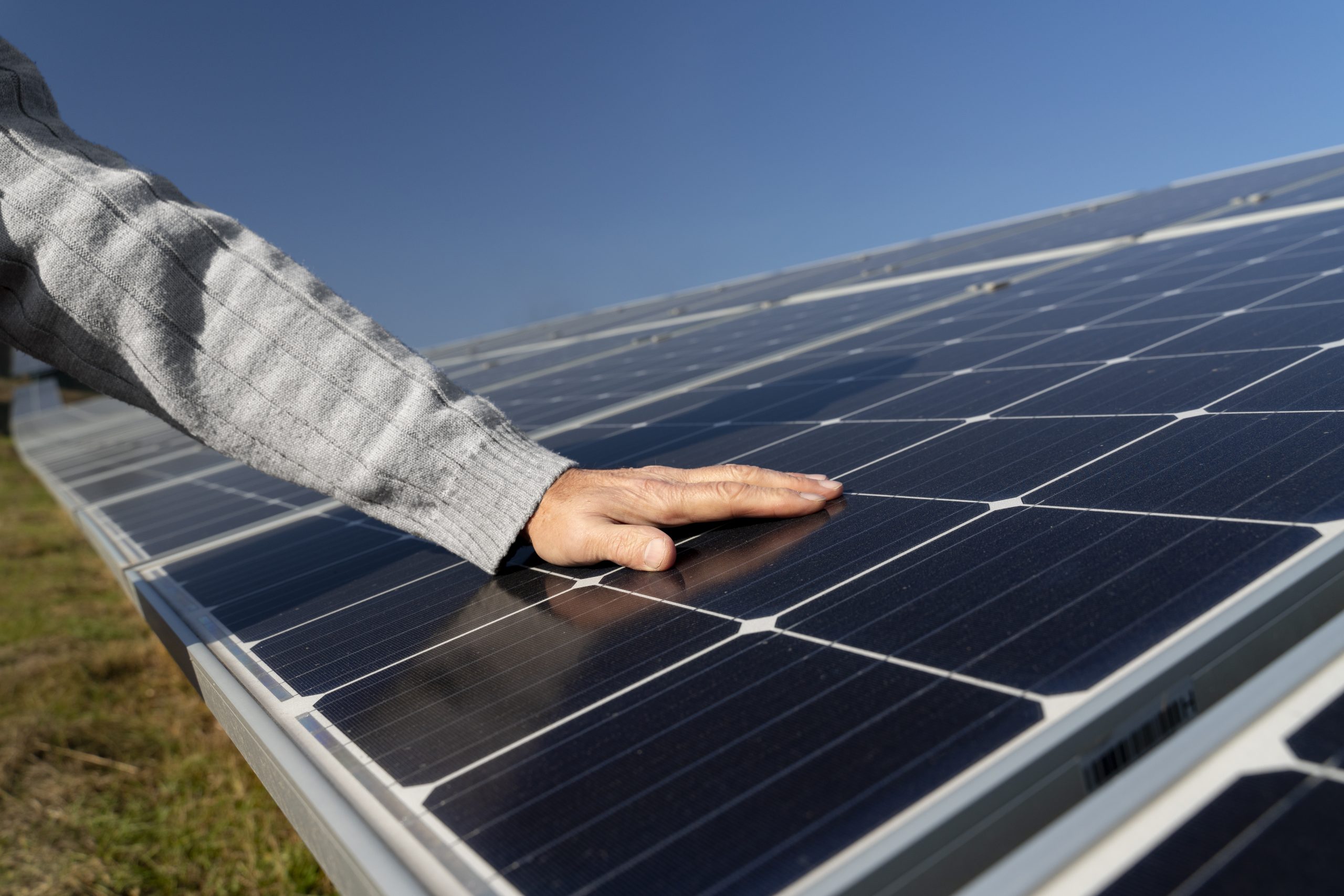

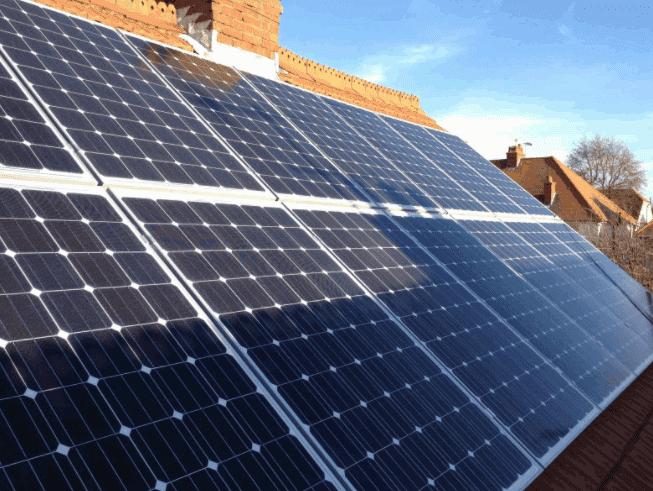

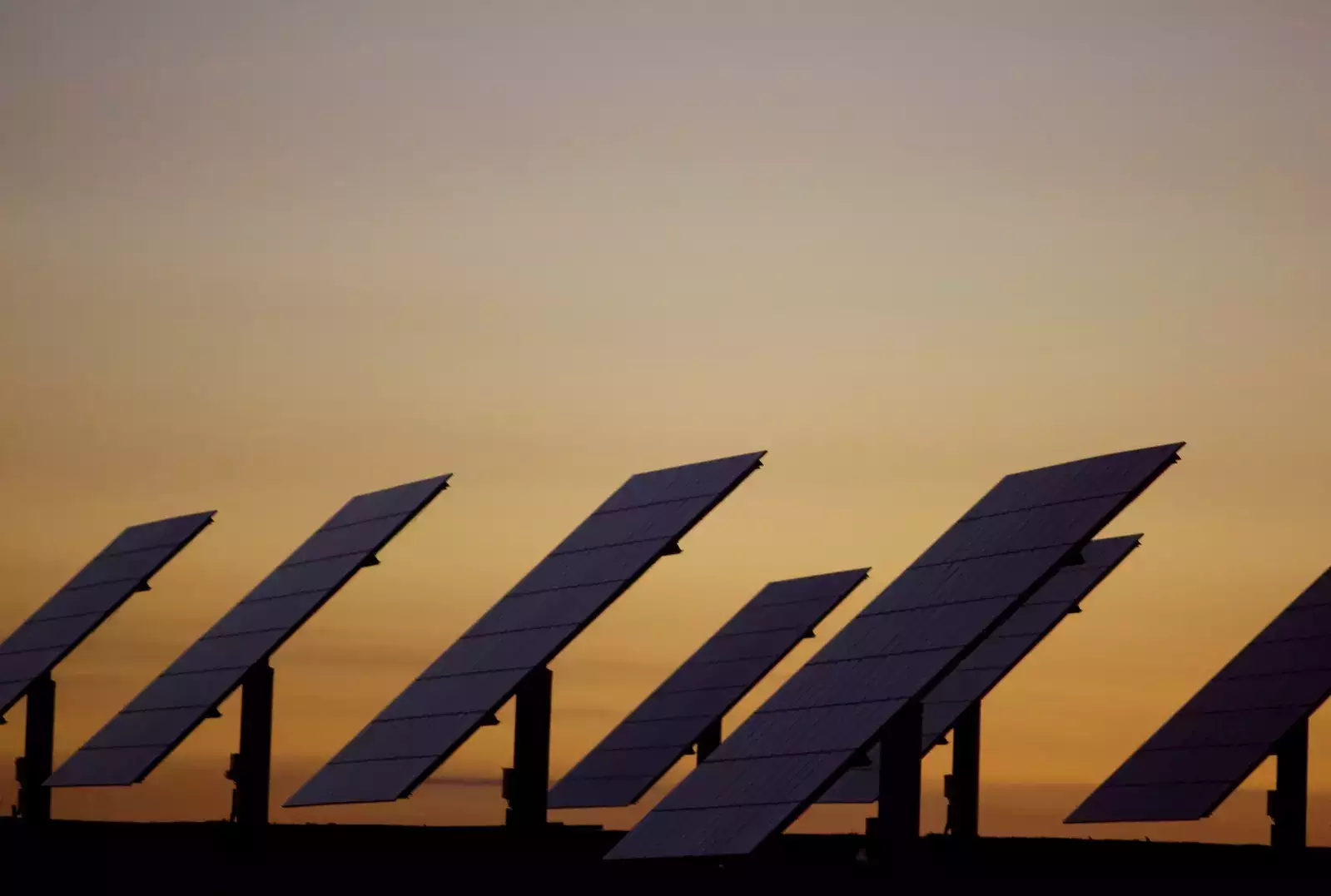






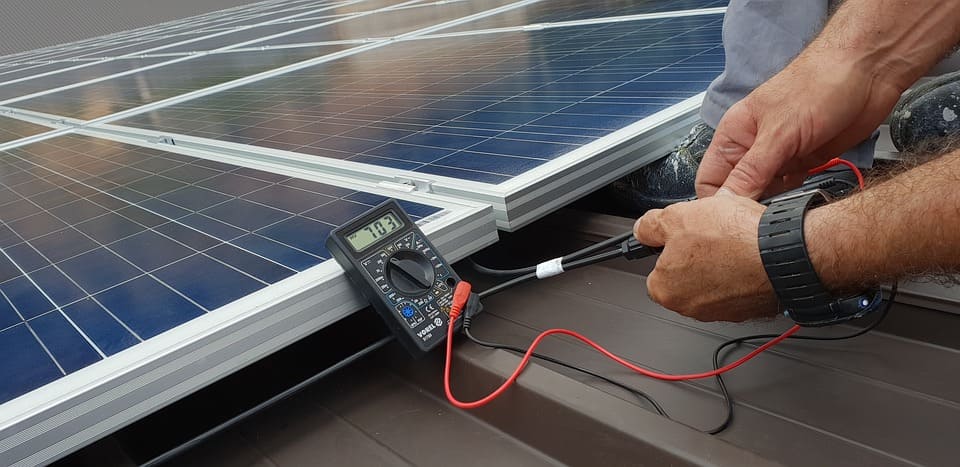

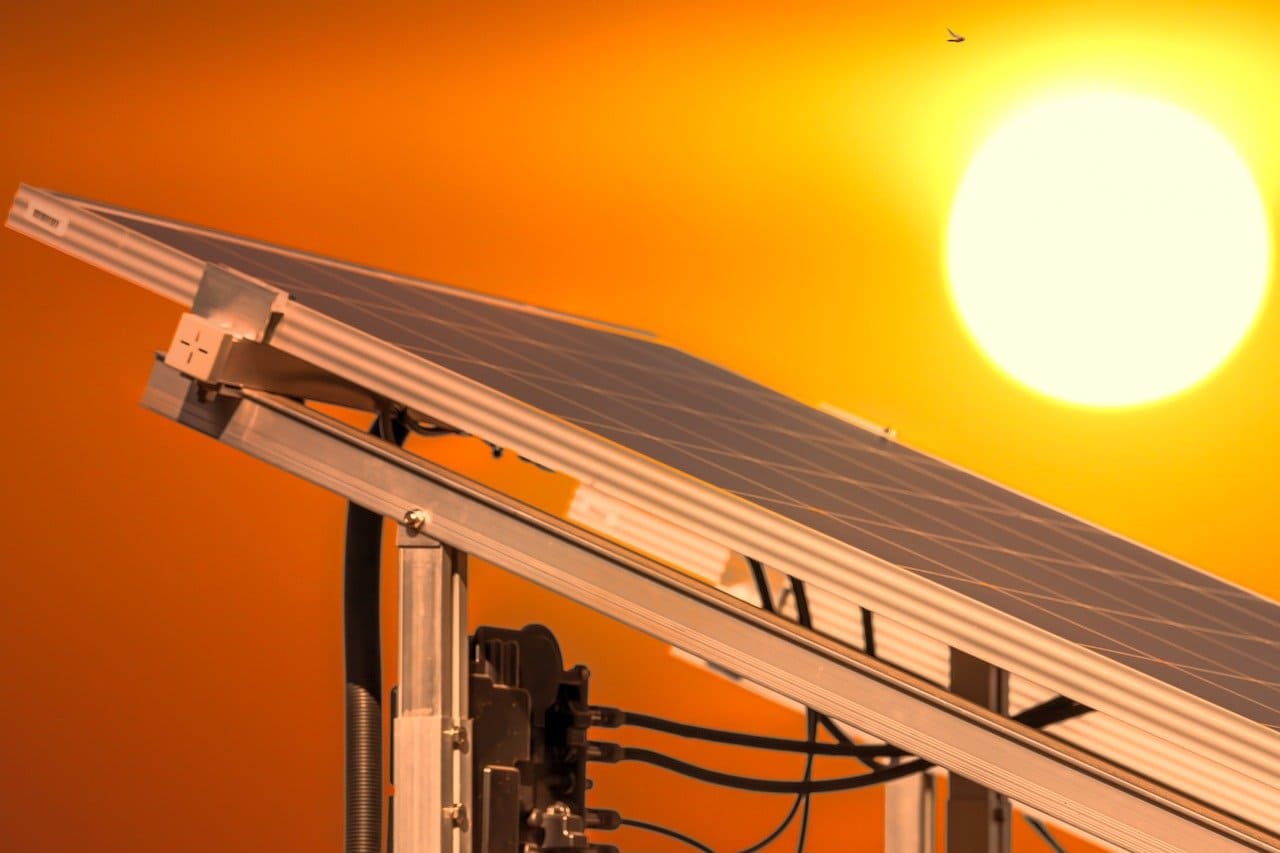


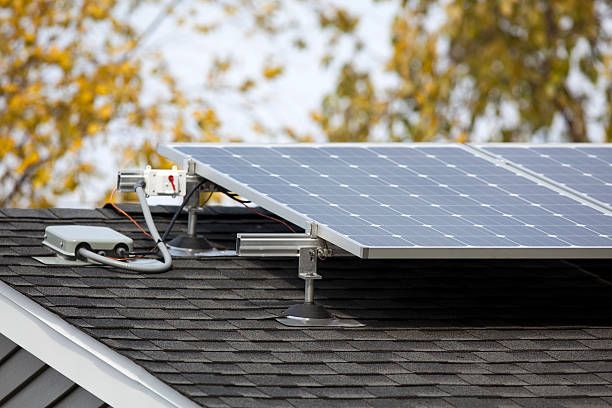
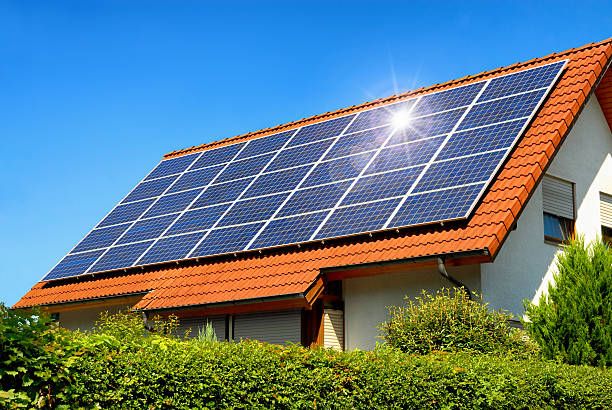
Leave a Reply
You must be logged in to post a comment.